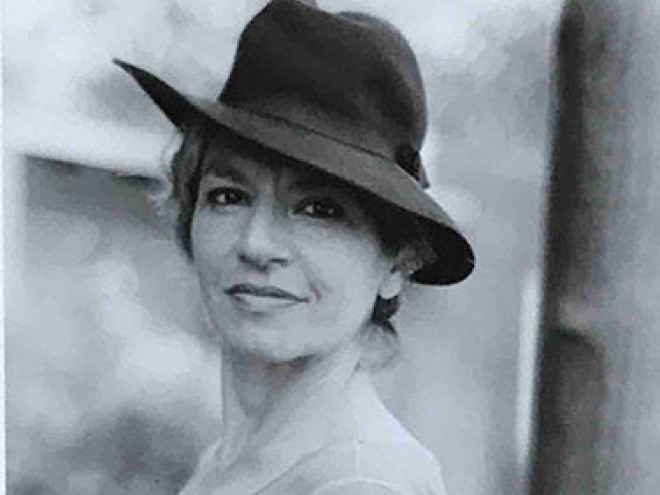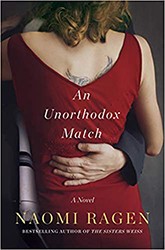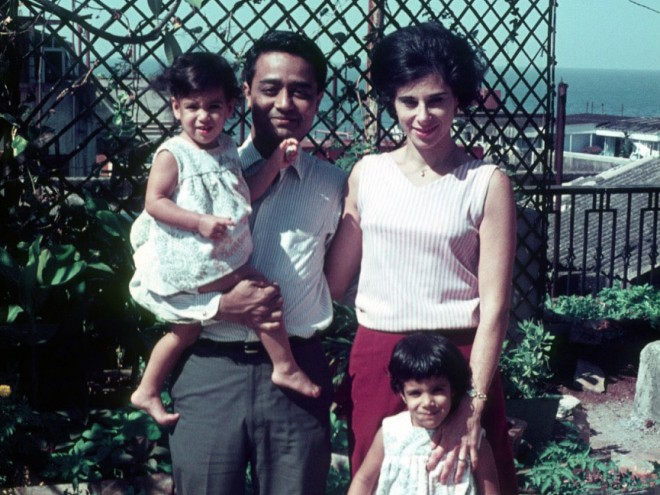Most of the press around Bette Howland’s story collection Calm Sea and Prosperous Voyage has focused on its amazing publication story: Howland, born to a working-class Jewish family in Chicago in 1937, mentee and on-off lover of Saul Bellow, author of three books and winner of the MacAurther “genius” grant who never wrote a book again. In 2015, Brigid Hughes of the magazine A Public Space found a worn copy of Howland’s memoir W‑3 at a used bookstore. Hughes sought out the rest of Howland’s work, eventually meeting her son and the ailing, now deceased, Howland herself. They presented Hughes with a treasure trove of correspondence with Bellow and unpublished work, some of which is now featured in Calm Sea. A Public Space developed a press just to publish the collection.
This story is exciting and timely, given society’s increased interest in erased, marginalized voices throughout history. But to always read Howland as the voice of a “long-lost” woman diminishes the astounding achievement in piercing, evocative writing that is the collection.
Calm Sea and Prosperous Voyage is a book to be savored. Howland’s noted arrhythmical writing is dense with biting, humorous observations, canny emotions, and apt Chicago dialectic conversation. It resists quick, surface-level reads. Like a decadent dessert, it should be held on the tongue, relished, dissected for its different notes: the pain, the love, the honesty.
Many of the stories are autobiographical. These first-person pieces chronicle a working-class Chicago Jewish family through big moments — weddings, funerals — from the perspective of Howland’s eternally observant, sensitive, stand-in. Like Howland, she is a divorced mother and, as such, she feels that her family is disappointed in her. The separation between mothers and daughters seems inevitable and fundamental. The narrator has a disturbing dream in which she cannot recall raising the daughter she never had; a German landlady imagines an ever-critical mother-in-law in the attic. It is as impossible for mothers and daughters to connect as it is for the Yiddish-speaking bubbe to talk with the English-speaking second generation. These characters search for and imagine relationships that will give their lives order and sense, if not make them whole.
Howland’s characters grope in the shadows, searching for understanding among others. This distance and striving illuminates the soulful portrait of 1970s Chicago that, thanks to its observations on race, crime, and gentrification, could just as easily depict America today. Howland’s alter-ego rides the buses of the South Side. “I’ve got to stop reacting to people according to color … Try it walking down the street some night. It’s a reflex. Everyone is becoming conditioned,” she writes, a white, Jewish woman becoming newly aware of her internal, unintentional, racism.
Other stories depict, with almost painful thoughtfulness, trials between black defendants and white juries and a small public library branch where the poor and elderly spend their days. “Let us speak frankly,” she writes. “Where are people to go? People, I mean, who have no place to go. There are no clean well-lighted places.”
Whether she’s speaking of the elderly, displaced people of color, diasporic Jews, estranged children, or the newly dead, Howland doesn’t provide an answer. But she seems to suggest that there is value, and potential for learning, in the search.
Given Howland’s rich themes and diamond-like prose, sparkling and sharp, the amazing thing is not that her work was rediscovered, or that such a talent didn’t publish more after winning the MacArthur; it’s how such work could have ever gone out of print, how it wasn’t canonized from the very beginning.





